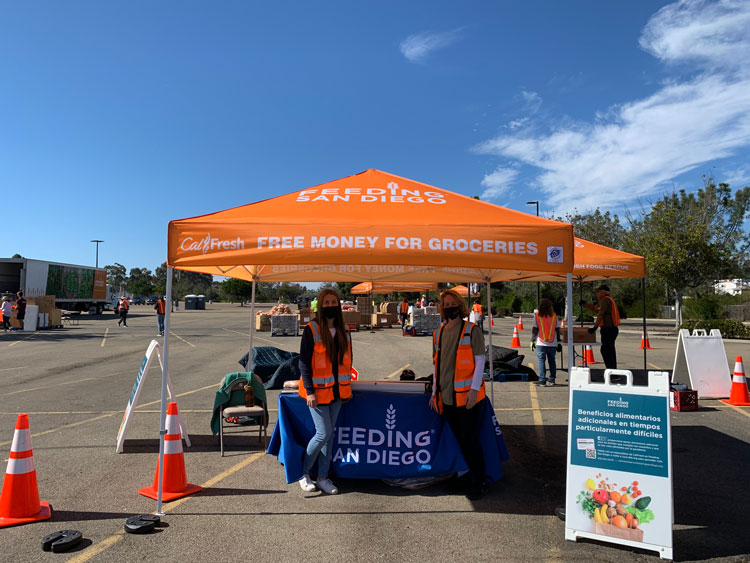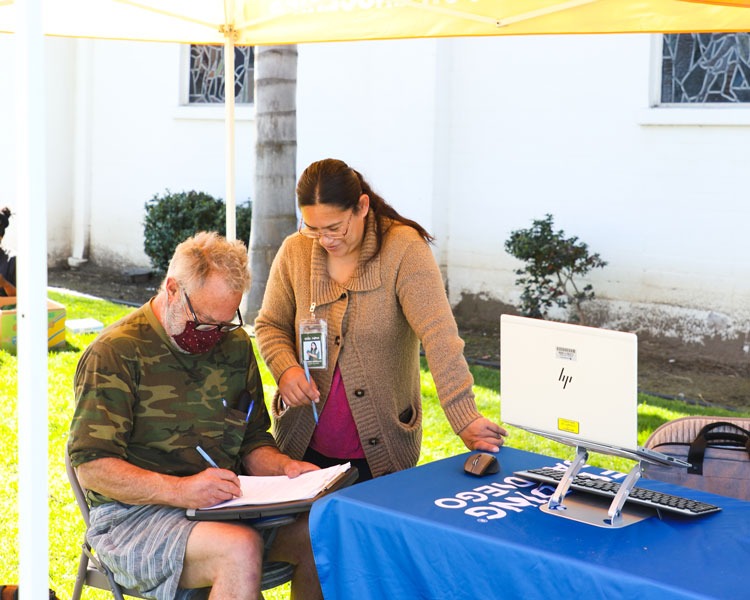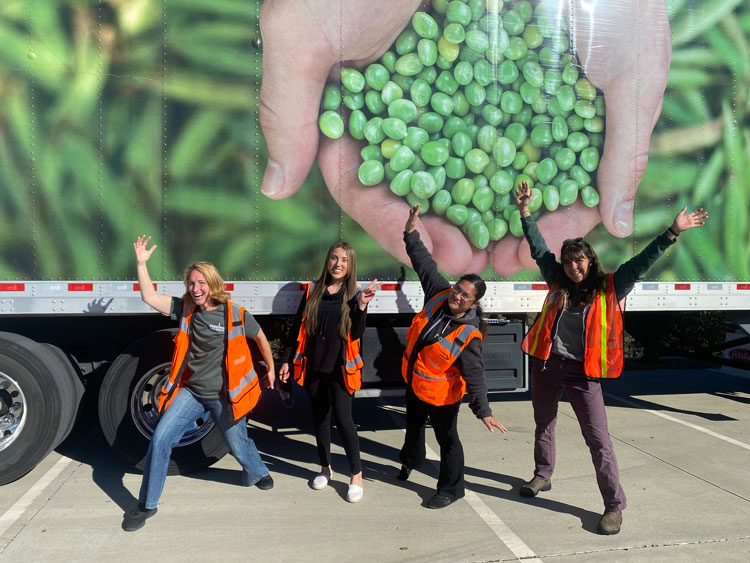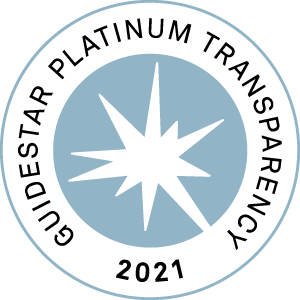CalFresh Awareness Month: An Insider Look at CalFresh Outreach
May is CalFresh Awareness Month! This is a guest post from Sienna Rohrer, Feeding San Diego’s CalFresh Manager.
Launching a New Form of Outreach
In January of this year, Feeding San Diego’s CalFresh team of four arrived at The Shoppes at Carlsbad, ready to pilot a designated “CalFresh Assistance” parking area at a Together Tour for the first time. Since February of 2021, Feeding San Diego has operated large-scale, drive-through food distributions known as the Together Tour. These distributions are mostly in parking lots of large venues, from shopping malls to community colleges.
To complement the on-site food assistance, our team started doing CalFresh outreach at as many of these distributions as possible. CalFresh is California’s version of SNAP (Supplemental Nutrition Assistance Program), previously known as food stamps. Our CalFresh team provides outreach, application assistance, and case management for San Diego residents. Income-eligible households receive an EBT debit card to purchase groceries, reloaded monthly with their benefits.
Members of the CalFresh outreach team in the CalFresh Assistance parking area
After a year and a half of essentially no in-person outreach events due to the COVID-19 pandemic, it was difficult to anticipate what to expect. So much had changed over the past year and a half. Feeding San Diego launched the Together Tour, a series of large-scale, drive-through food distribution. Their goal was to address the increase in need caused by the economic fallout from the pandemic. Many members of the Feeding San Diego team had adjusted to working hybrid schedules. Plus, most in-person events and outreach had ceased to exist to comply with safety protocols.
Given people’s busy schedules and the general stigma associated with “food stamps,” a part of me wondered if anyone would stop. Even for our CalFresh team, driving, bringing our supplies to set up in a large parking lot, and facing hundreds of households needing food assistance all required a level of physical and emotional effort unfamiliar to our bodies after so many months of mostly helping clients over the phone.
We were reminded of the overwhelming value of establishing an in-person connection.
That day in Carlsbad was anything but slow for CalFresh assistance. Our whole team was busy pre-screening and assisting clients with applications non-stop for the full two hours of the distribution. We even had to expand our original parking area to make room for everyone who wanted assistance. That day, we submitted 16 applications, a new daily record for our team.
We were reminded of the overwhelming value of establishing an in-person connection. Meeting clients where they’re at is so important to removing access barriers to CalFresh. This means meeting them both physically in the places where they are already living, working, or accessing food. But it also means meeting them mentally and emotionally by empathizing with their situation in the moment.
Barriers to CalFresh
Anyone can apply for CalFresh anytime on their own. And yet, California consistently has one of the lowest SNAP participation rates in the country: about 70%, compared with the national average of 82%. This rate means that out of the entire population of California residents eligible for CalFresh, only 70% are enrolled. Breaking this percentage down further, only 59% of eligible low-income working people and 19% of eligible seniors are enrolled. This is why our CalFresh team – and many others across the state – exist to provide outreach and application assistance.
There is a myriad of reasons why people don’t apply for CalFresh. A few of the ones we see most often include:
- lack of awareness that the program exists and what eligibility requirements are;
- fear of public charge; a sometimes confusing and intimidating application;
- difficulty getting in touch with the county to resolve case questions and submit documents;
- language barriers for non-English speakers;
- and technology and transportation barriers.
California’s relatively low application approval rate (60%) also reflects these barriers. (For comparison, our team has an average approval rate of 71%.) Most of the denials are due to failure to provide required documents or income that exceeds the CalFresh income limit.
The Issue of Inflation
In recent months, we’ve seen a growing problem. With inflation, many households that are not income-eligible for CalFresh are still showing up for food assistance. The gross income limits for CalFresh are 200% of the federal poverty line. Yet we consistently see they are not high enough to capture many of the households the program claims to support. Most people we meet at Together Tour distributions work or have some income (SSI, Social Security, retirement, military benefits). While we know this income is not enough to cover their basic needs, many are still just above the income limit for CalFresh and thus ineligible.
“Do I get food and not be able to pay a bill?”
Wendy, a mother and recent graduate from Cal State University San Marcos, distilled the concerns many face into a single question: “Do I get food and not be able to pay a bill?” Wendy and her family are one of the households that do receive CalFresh. She says although “the amount [of CalFresh benefits] I’ve received has helped to sustain, there have been moments that I’ve had to pay out of pocket [because the benefits weren’t enough to cover our groceries for a month]. They say we’re living in a recession. Well, we’ve lived a recession all our life.”
Opportunities for CalFresh/SNAP Improvement
Advocacy
When we consistently meet people who are unable to meet their basic needs and the programs designed to help them are inaccessible or inadequate, we know we have some legislative advocacy work to do to change program guidelines.
Temporary flexibilities tied to the federal government’s Public Health Emergency have assuaged some of the barriers to CalFresh. These flexibilities range from CalFresh application interview waivers to significant increases in monthly benefits. These changes have made CalFresh more accessible and beneficial for clients and the county caseworkers processing applications.
All of these changes are at risk of sunsetting with the end of the Public Health Emergency unless we pass legislation to make the changes permanent.
And yet all of these changes are at risk of sunsetting with the end of the Public Health Emergency unless we pass legislation to make the changes permanent. Along with many advocates across the state and country, our team has participated in lobby visits, petitions, calls, letters, and more to stress the importance of these changes to our elected officials. A list of these anti-hunger priority bills in California can be accessed on the California Association of Food Bank’s legislation tracker.
Partnership-Building
In addition to advocating for more large-scale, structural program changes, our team also focuses on improving access to CalFresh by strengthening our community partnerships on a local level. Our relationship with the Hospital and Community Support Services (HCSS) Unit at the County of San Diego is critical to our ability to process successful applications. We work closely with a small but mighty team of county caseworkers, specifically assigned to process applications from Feeding San Diego. This partnership allows us to track applications and prevents applications from being “lost to the void,” as often happens when people apply on their own.
Our relationships with CalFresh outreach partners are critical to establishing trust with the community we serve. These partners include pantries, churches, schools, and community centers. Our team somewhat jokingly competes to sign up for our outreach site at Ocean Beach Loaves and Fishes pantry. The pantry volunteers are so engaging and joyful. More importantly, they know their community so well that our job of reaching out to community members for CalFresh assistance hardly feels like a job. It’s evident that community members have a trusted relationship with the pantry volunteers. Because of that relationship, we have felt that sense of trust extended to our team. Ultimately, this helps people feel comfortable asking for CalFresh assistance.
One of our CalFresh Coordinators helps a community member apply at the Loaves and Fishes pantry
Looking Back, Looking Ahead
Five months since our first “CalFresh parking area” in Carlsbad, we’ve submitted 195 applications from Together Tour participants alone. These make up nearly 50% of all the applications we’ve submitted since that Carlsbad Together Tour. But more importantly, after consistently showing up to these monthly distributions, our community now recognizes us. They often request our assistance when they check in at Together Tours. Showing up in person holds us accountable to our community in a way that spreadsheets of online referrals do not. To show up with our bodies and introduce ourselves is to share a part of ourselves with our clients and demonstrate our commitment to them.
Until we change the root causes that keep people in poverty, we can at least make sure that those eligible for CalFresh receive the benefits they need to help them meet their basic needs.
In this work, we have a saying that we are “trying to work ourselves out of a job.” That happens by eliminating the need for food assistance. In many ways, food distributions and CalFresh assistance are simply band-aids. They are reactive fixes to deeply rooted underlying causes of poverty, low incomes, high costs of living, inaccessible healthcare, environmental injustice, the list goes on. Until we change the root causes that keep people in poverty, we can at least make sure that those eligible for CalFresh receive the benefits they need to help them meet their basic needs. After all, let us not forget we are talking about food – one of the most fundamental and basic human rights and the key to a healthy, thriving, nourished society for all of us.
In that spirit (and until we no longer need CalFresh), Happy CalFresh Awareness Month! Thank you to our community for helping us fight the good fight with actions big and small.
More Resources
If you or someone you know is interested in learning more about CalFresh or submitting an application, please contact our team for assistance by visiting our CalFresh page.
Our team has added an exciting new volunteer opportunity: a CalFresh Outreach Volunteer! These volunteers join us at events and help us with this important face-to-face community outreach. We are so thankful to these volunteers for donating their time to reach people who need our help. If you are interested in volunteering with our team at outreach events to do application intake, please apply on Feeding San Diego’s Volunteer page by clicking “Additional Volunteer Opportunities” and selecting “CalFresh Outreach Volunteer” from the dropdown menu.

